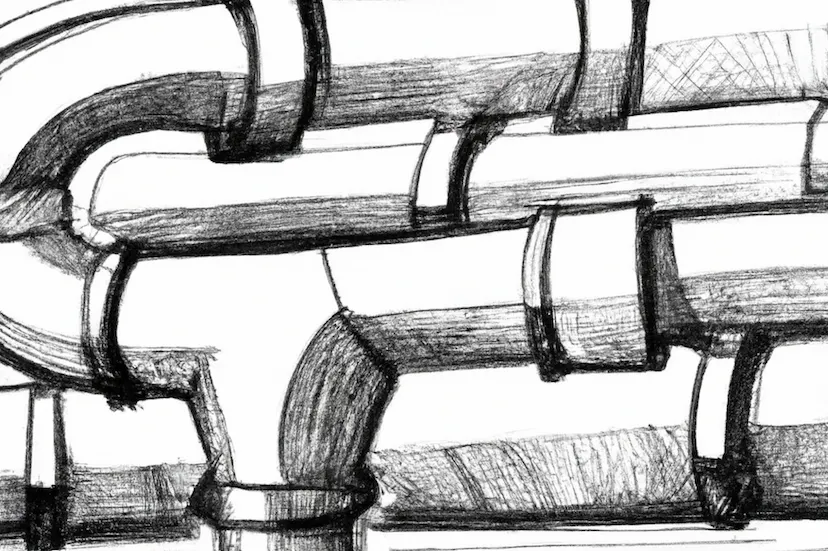September 1, 2022

Like many companies, we use Linear as our engineering backlog and productivity tool. Similarly, like many companies, we also use Notion.
We enjoy writing product specs in Notion because Notion has much better collaboration and commenting tools than Linear — we'd rather have these specs natively within Linear, but when writing 500+ word product specifications you really really need very good text editing and commenting functionality.
For example with Linear you cannot easily:
Have comments on specific sentences or paragraphs
Have threaded comments
Share a ticket publicly for external teams (such as agencies) to easily view and comment
So, we use Notion for Product Specifications and then link those into issues within Linear. We think it works reasonably well, and I am sure almost all companies do this.
We started to explore how best to manage a design backlog, and felt it was pretty clunky to have this alongside engineering tickets — especially if you then want to manage the status of those design tasks —, Linear has documented that this is how they want this to happen, but for Journey it was exacerbated because we have various contractors and agencies working with us who do not need to see our full backlog but need to see a subset.
There is however, obviously, massive value in having design projects within Linear right next to the engineering tasks.
We decided to use Notion as our design backlog tool. This seemed reasonable as its where the design and product specifications lived, and Notion has decent collaboration and sharing permission functionality.
We did however still want the design tasks to exist in Linear so engineers could easily see the status of a design alongside its engineering work.
This is how it works:
Product or Design spec is created within Notion
Ticket linking to Notion spec is manually created within Linear and given the status "In Design"
Zapier then picks up that ticket and adds it to a Notion database ("Design backlog")
Our designers can then easily see and re-arrange the design backlog without worrying about it cascading into our Linear.
We ultimately felt for now, we didn't need to sweat too much about ensuring the Linear and Notion database statuses were synced. When the spec is designed that Figma file or other design documentation will inevitably find its way into either the originating product specification or the proper Linear file.
One quirk which is rather unpleasant is that for some reason Notion doesn't render the markdown that Linear sends it:
Here is the Zap: https://zapier.com/shared/62b3640cfd6475312dea5b850728aade784f2d6d

